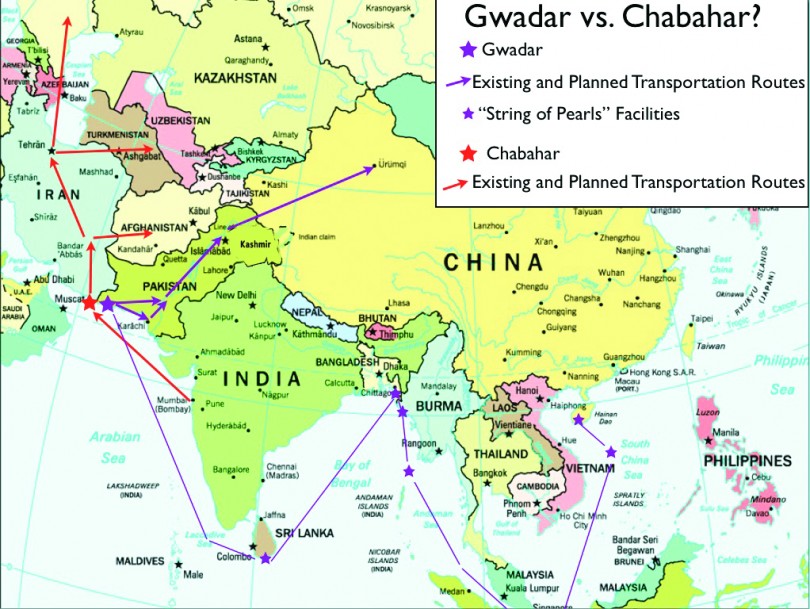The China-Pakistan Economic Corridor (CPEC), valued at an estimated $60 billion, is one of the most ambitious projects under Beijing’s Belt and Road Initiative (BRI). Since its official launch in 2015, CPEC has drawn more international attention than nearly any other BRI venture, largely due to its potential to reshape China’s geopolitical and economic footprint well beyond South Asia.
At its core, CPEC is designed to link Gwadar Port on Pakistan’s Arabian Sea coast with Kashgar in western China through a network of highways, railways, and pipelines. If completed as envisioned, the corridor will not only transform Pakistan’s economy but also strengthen China’s direct trade and energy ties with the Middle East, now Beijing’s largest supplier of oil and natural gas.
CPEC Will Enhance Bilateral Trade Between China and the Middle East
The Middle East is China’s largest supplier of crude oil and natural gas, currently transported mainly by sea to eastern China, where most industrial activity is concentrated. Once CPEC’s railways and pipelines are complete, it will become far more cost-efficient to deliver energy resources to Gwadar and transport them overland into western China.
This overland corridor not only reduces dependence on vulnerable sea lanes like the Strait of Malacca, but it also aligns with Beijing’s Western China Development Strategy, which encourages moving energy-intensive industries from crowded eastern provinces into the west. The result: lower transport costs, greater regional balance in industrial growth, and tighter integration between China and its Middle Eastern partners.
Expanding Naval and Strategic Reach
Beyond commerce, the development of Gwadar Port, leased to China for 40 years, holds long-term strategic weight. A fully operational deep-water hub could enhance China’s naval presence in the Indian Ocean and extend its influence into the Persian Gulf, bolstering Beijing’s ability to project power in a region traditionally dominated by the U.S.
Implications for the Middle East
CPEC carries three major elements:
-
Industrial and infrastructure development in Pakistan.
-
A modern transportation and telecom network linking western China to the Arabian Sea.
-
A deep-water port and special economic zone in Gwadar under Chinese control.
While all three influence regional dynamics, it is the latter two—connectivity and port development—that stand to most directly affect the Middle East. With expanded trade links and potential military dimensions, CPEC could redefine how China engages with Gulf partners—shifting the balance of economic dependence, energy security, and strategic influence across the region.











